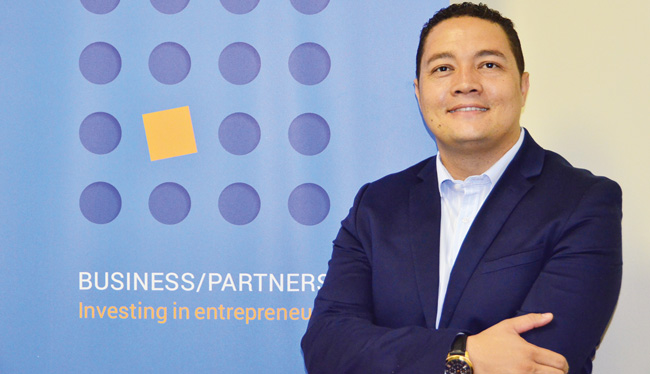
Innovation through Lean Six Sigma – a widely recognised benchmark for systems improvement

By Rikus Grobler, www.nis.co.za, [email protected].
In the previous deliveries, I discussed crowdsourcing as an innovation methodology, specifically crowdsourcing for solution finding, i.e. using the crowd to solve a complex problem or generate creative ideas.
Still on the topic of innovation methodologies, next up is a methodology called Lean Six Sigma.
The original Six Sigma has been around for quite a while. The concept was developed in 1987 by Motorola. Many think of Six Sigma as basically a packaging of a lot of quality tools. It is also widely associated with process improvements.
Six Sigma morphed into Lean Six Sigma which combines elements of the Lean methodology and Six Sigma. Lean originated at Toyota, and its core idea is to maximize customer value while minimizing waste, i.e., creating more value for customers with fewer resources.
Although they’ve been taught as separate methods for many years, the line has blurred, and it’s now common to see Lean & Six Sigma teachings combined to reap the best of both worlds. I view Lean Six Sigma as an innovation methodology for it has an overall goal to achieve product and process efficiency, decrease waste, and seek constant improvement. In essence, the methodology focuses on solving business problems through new, innovative approaches.
Driving improvement through innovation.
It is impossible to explain the whole of Lean Six Sigma in one article so I will only provide a high-level overview of what the methodology entails. I also have to mention that it is a very formalized methodology, and a person has to be certified to be a Lean Six Sigma practitioner.
However, there is no standard certification body and different certification services are offered by various quality associations and other providers against a fee. Nevertheless, it is a sought-after certification, and a Lean Six Sigma certification on a CV indicates that the candidate has the expertise to come up with revolutionary thinking and innovative management processes to ensure quality performance and customer satisfaction.
The American Society for Quality states, “Lean Six Sigma is a fact-based, data-driven philosophy of improvement that values defect prevention over defect detection. It drives customer satisfaction and bottom-line results by reducing variation, waste, and cycle time, while promoting the use of work standardization and flow, thereby creating a competitive advantage. It applies any area where variation and waste exist, and every employee should be involved.”
One of the reasons why Lean Six Sigma is a “well-respected” methodology (and in my opinion, part of the reason it stood the test of time) is because it is a data-driven approach that uses statistical methodology to eliminate defects. In simple terms, you cannot “BS” with Lean Six Sigma; you have to prove a problem and offer a worthy solution to fix the problem with “numbers.”
Lean Six Sigma also comes with various standard and proven tools such as the 5S system, the seven wastes, value stream mapping, kaizen, flow, visual workspace, and voice of the customer, to name a few.
Lastly, I also want to comment on the perception that Lean Six Sigma is only applicable to manufacturing environments. Where there is a business process, you can apply Lean Six Sigma, and more and more service organisations use it to improve their processes. The positive impact of Lean Six Sigma on performance is well-documented in businesses such as hospitals, banks, and municipalities.
Next Time
I have now dealt with Open Innovation, Crowdsourcing, and Lean Six Sigma as innovation methodologies. In the next delivery, I will look at Lean Startup, a methodology made famous by Eric Ries in a book with the same title.
Talking about a methodology that leans on statistics, I conclude with a quote attributed to Albert Einstein:” Not everything that counts can be counted, and not everything that can be counted, counts.”
Click on the thumbnail below to order Dr Grobler’s e-book on Innovation from Amazon.













































